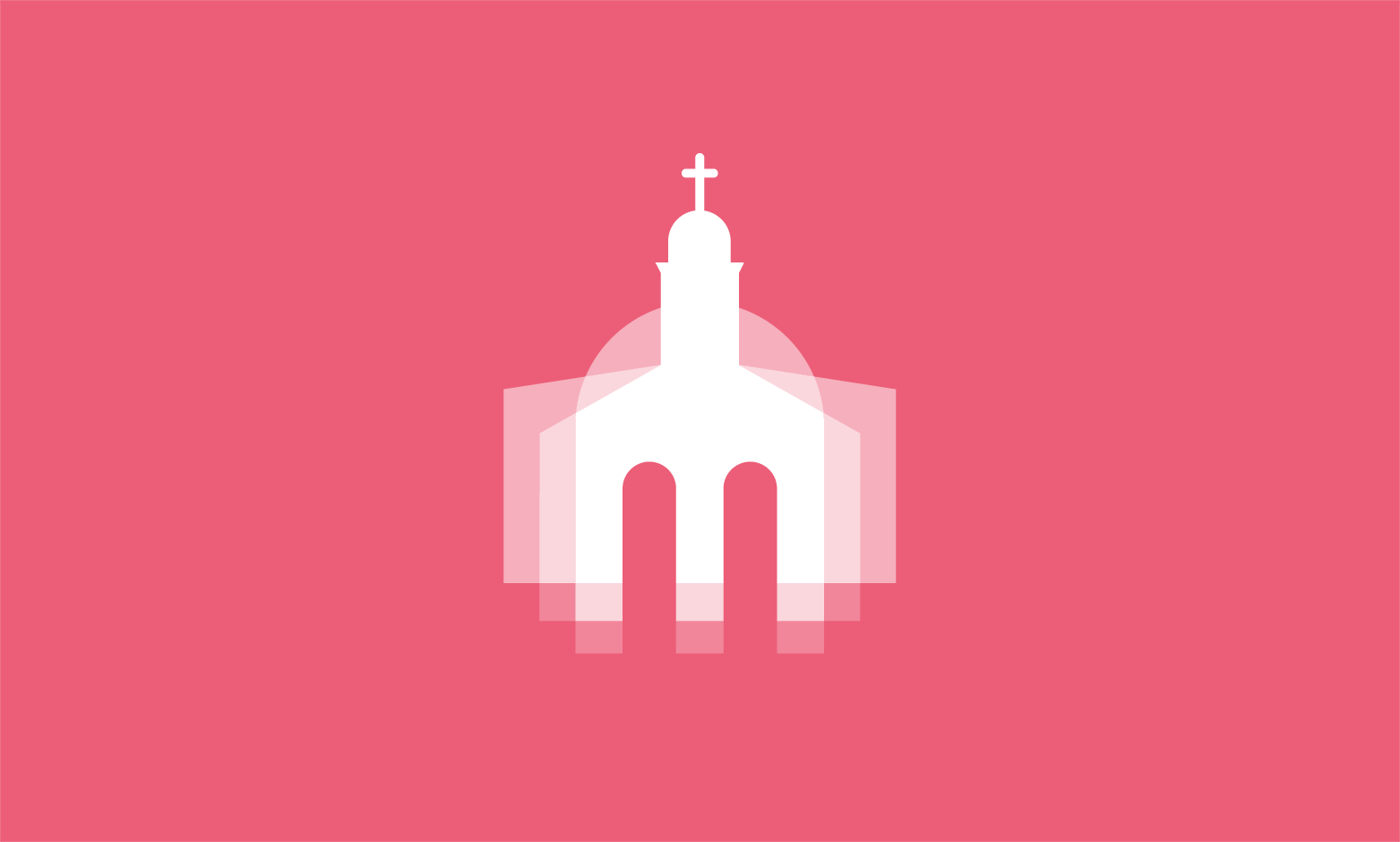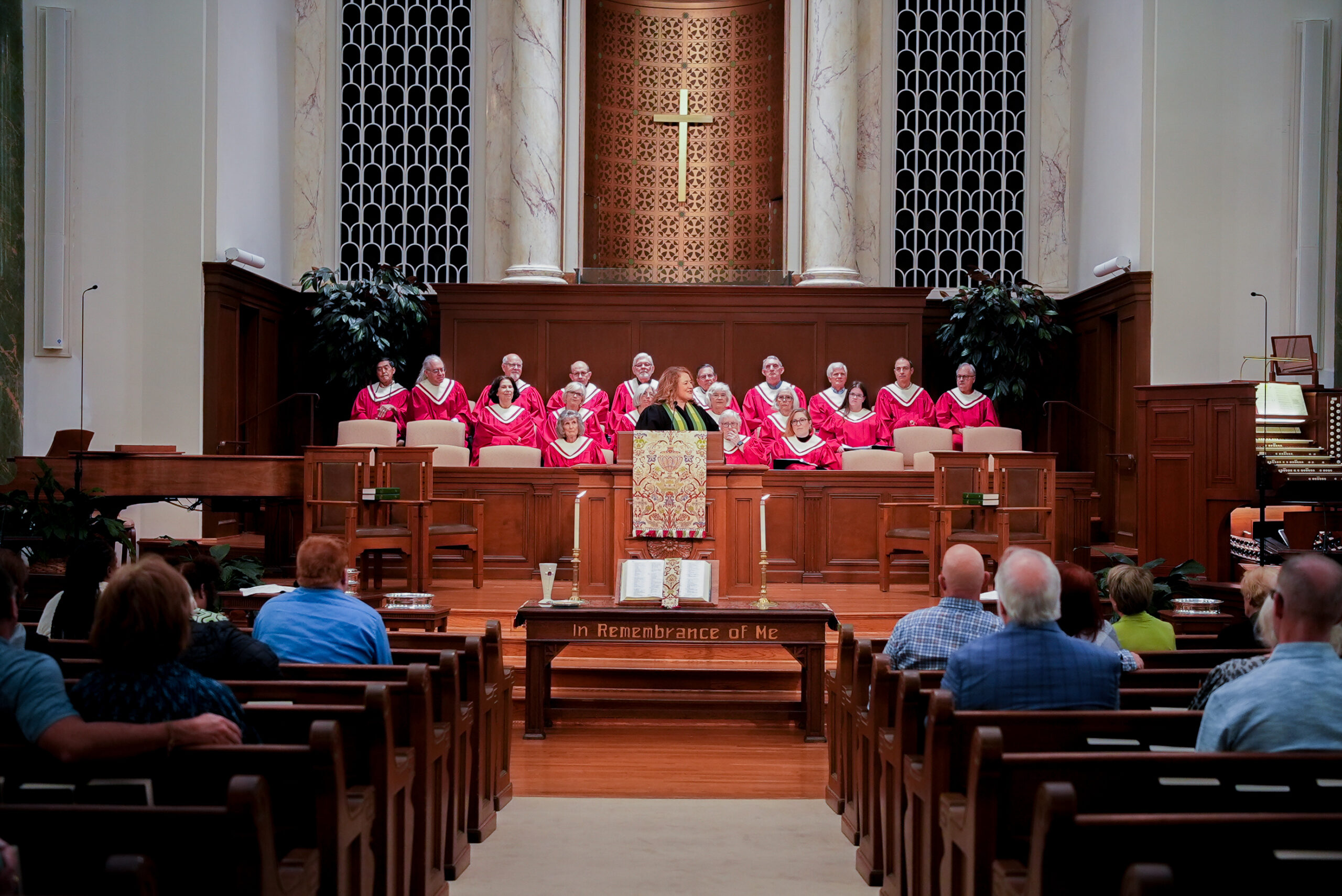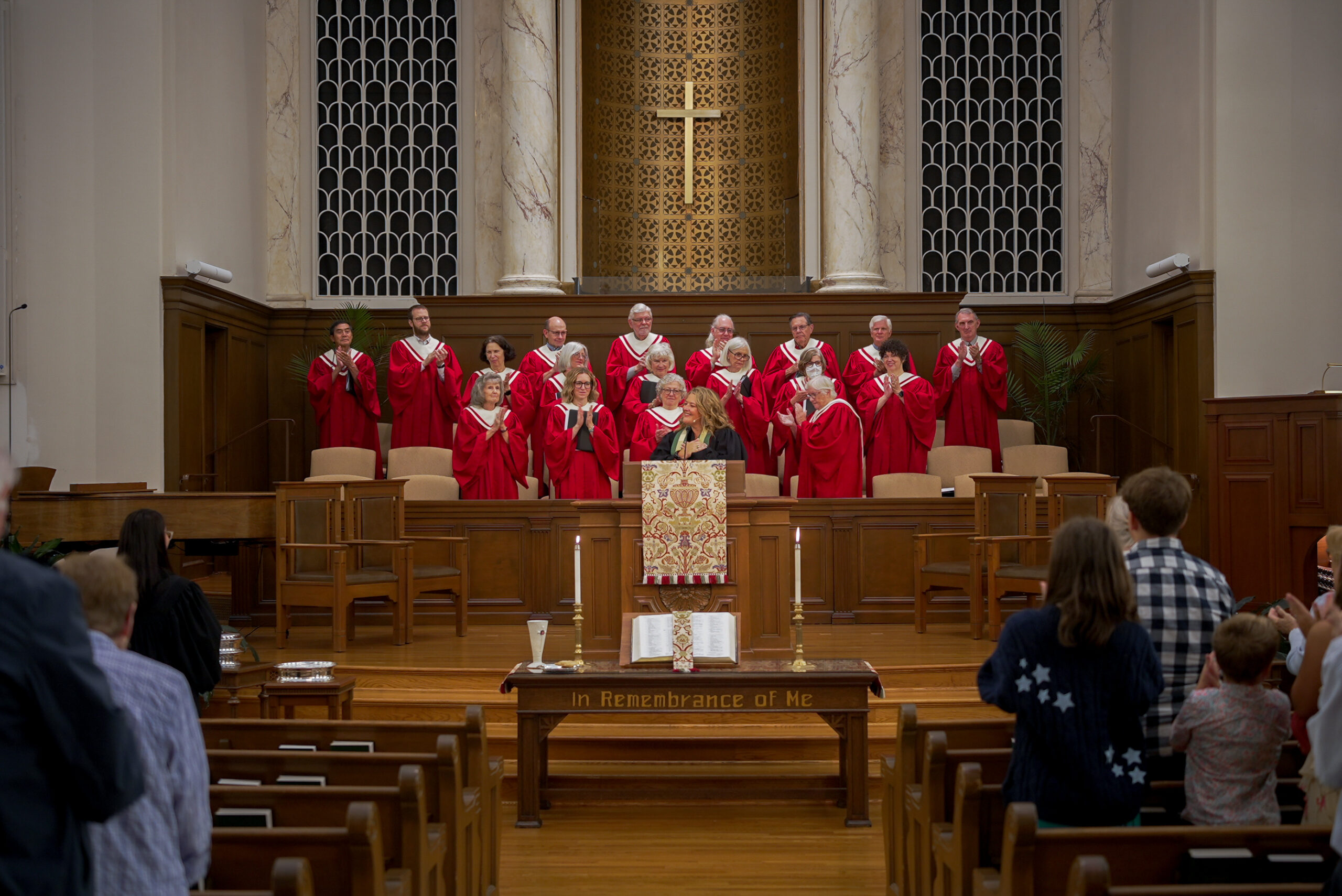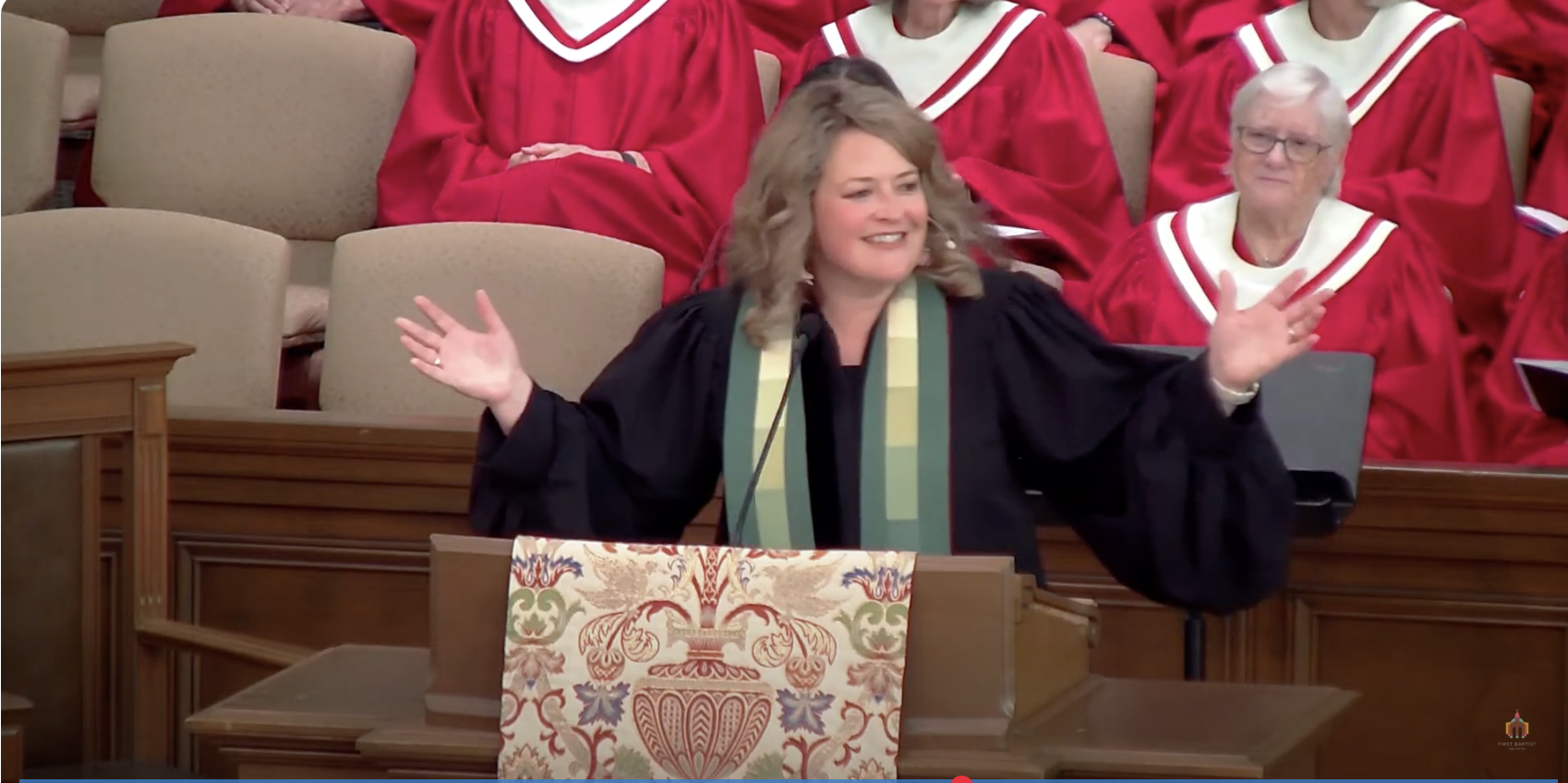IOver the past month or so, I’ve noticed an increase in the number of
stories in our news and social media that reflect on the three covid-era years
we’ve come through together. These articles have examined our collective
cultural imagination that emerged during these years: the shows, movies,
moments, games, trends, and distractions that captured our attention. “What
unites them,” as one writer says, “is us — the audience — and the way we
reacted to them: the surprising way they expanded our lives, assuaged our
anxieties, lessened our isolation or just got us briefly out of our own heads.”1
Beyond the obvious inclusions on the list like “Tiger King” and Taylor
Swift’s “Folklore” and sourdough starters and TikTok dances, a certain game
showed up: Wordle. Now I’m not going to ask for a show of hands from you
who do your daily Wordle – I see your Facebook feeds! – but I bet that most
of you have heard about the five-letter guessing game that appears daily in
The New York Times. Surely it’s no surprise to us why we’ve loved Wordle so
much, for in a season of such disruption and disorientation, where all we
could do is wait and worry and wonder about what tomorrow will hold, what
better gift to the anxious mind than solving a daily puzzle!
Writer Malcolm Gladwell defines for us the difference between
something that’s a puzzle and something that is a mystery. A puzzle, he says, is
something that can be solved with more knowledge or information, like
Wordle for example. But mystery, oh mystery is fundamentally different from
that. It can’t be worked out by getting some more information or by finding
some secret key that unlocks it for us. It can’t be done with more knowledge
or more facts, more resources or more time. “Mystery,” writes Gladwell,
“requires judgment and assessment of uncertainties.”2
On this Easter day, we peer into the uncertainties and yes, the mystery
of the resurrection. For the resurrection of Jesus is beyond a puzzle to be
solved, or a proof to be proven, or an argument to be won, or a case to be
tried. Easter makes for a fool of the preacher who stood up on this holy day
with a sermon titled “13 Incontrovertible Proofs that Jesus Rose from the
Dead,” proofs to which he bragged “could wrestle any unbeliever to the
ground,” yet after an hour and a half of making his case, no one cared
anymore.3 Instead, it’s a mystery like that formed in the imagination of the
late saint Rachel Held Evans, who said, “I am a Christian because the story of
Jesus is still the story I’m willing to risk being wrong about.”4
The story of Jesus is, finally and fully, the story of resurrection. Of new
life. Of the kind of love that refuses to stay dead. And the story of
resurrection is to be entered into like the deep dawn of a mystery that stirs
every sense in our body, every synapse of our spirits, every corner of our
hearts. A mystery whose descriptions we trust in the hands of the artists, the
musicians, the poets, the spirit of the gathered community that pulses with
hope and new life.A mystery that begins in the dark.
II“After the sabbath, as the first day of the week was dawning,” Matthew
tells us, “Mary Magdalene and the other Mary went to see the tomb.” Last at
the cross and first at the tomb, darkness surrounded Mary and Mary on their
faithful journey to the tomb to confirm Jesus’ death and anoint his body.
Yet it was Pilate’s guards’ job to make sure the crucified Jesus stayed
put. How’s that for the unluckiest military assignment around?5 I feel for
Pilate – the presiding ruler at the crucifixion of Jesus, the one who probably
wished for a day of calm where everything would go back to normal. When
the religious leaders came to Pilate, they wrung their hands again. “Sir,” they
said, “remember how Jesus claimed that he’d rise again? Perhaps you should
put some of your soldiers on death detail, and make sure that the rebel Jesus
of Nazareth stays put in the tomb, that no one steals his body and claims a
victory.” You know Pilate had to be annoyed when he said, “go and make it as
secure as you can.” Of this wrinkle in the story, the great preacher John
Buchanan says, “that’s the image I love here: elderly men with station and
status and real gravitas, invested in the status quo, frightened, trying for all
they are worth to make sure that nothing interrupts or changes the way
things are, securing the tomb.”6 “Old men trying to keep the sun from rising,”Frederick Buechner says.7
But instead, the ground shook, the plates shifted, an angel descended
like lightning, and soldiers were so afraid, they were like dead men. In these
apocalyptic images, Matthew goes to great lengths to paint the world rending
from one way of life into another. A new world seemed to break the ground
beneath their feet and pierce through the darkness that had traveled with
them from that hill faraway.
“Do not be afraid,” the angel said, reciting the words that anchor God’s
story of love in this world, from birth to life to death to resurrection. “Do not
be afraid, for I know that you are looking for Jesus who was crucified. He is
not here; for he has been raised!” Last at the cross and first at the tomb, Mary
and Mary were sent ‘with fear and great joy’, the first witnesses of the
resurrection, the first midwives of the good news, the first preachers of the
risen Christ.8
IIIThroughout this whole school year, I’ve been preaching with the image
of being “on the way” right at the heart of it all. Jesus says he is the way, of
course, and the lives we live with Jesus as shepherd are lives on the way of
faith. Months ago, I titled today’s sermon “The Resurrection Way of Life” –
thinking at the time that the title was rather broad and vague, and thus gave
me plenty of room to take it whichever way the Spirit’s wind was blowing.
(Sometimes preachers do this, don’t you know!) But you know, the more I
read Matthew’s account of the resurrection, the more I see that
“resurrection way” begin to unfold. It stops being vague, and its blurry edges
come into focus. In the mystery of it all, the resurrection way emerges. And
what is this resurrection way of life? Well according to the first to experience
it, the resurrection way of life is one of fear and great joy, one with the
courage to share good news that changes everything.
Each of the gospels has their take on this mystery. Matthew says that
the women were moving “quickly with fear and great joy.” Mark tells us they
fled from the tomb, “for terror and amazement had seized them.” Of all the
disciples, Luke remembers that “while in their joy, they were disbelieving and
still wondering.” And John tells of Mary who weeps and rejoices. Each
account holds its difference – different sequences of events, different
features, different words – but the common themes anchor the Easter story:
of running and weeping, of confusion and disbelief, of surprise at its most
fundamental level.
Fear and great joy. Terror and amazement. Disbelief and wonder.
Weeping and rejoicing. Beautiful and terrible, as Buechner describes the
certain happenings of this world. That’s just it, isn’t it? The resurrection way
of life is one lived right on that edge – just between darkness and light in deep
dawn, between what was and what will be, between the end and the
beginning.
Tom Long once said, “the wonderful news of Easter is that Jesus is alive,
and terrible news of Easter is also that Jesus is alive, because nothing is
nailed down anymore. The old joke about nothing being sure but death and
taxes was at least half right; you could at least count on death.”9 Flannery
O’Conner said it plainly: “Jesus’s thrown everything off balance!”10
You could almost imagine what that must’ve felt like, the disorientation
of dawn on that first day of the week.11 It was the first day, and life would
slide back to normal, as it does when a new week rolls around. The grief over
Jesus’ death blanketed his followers, for they lost not only a friend and a
guide, but a dream. As they watched him bless the poor in spirit, and summon
the children to him, and heal a hemorrhaging woman, and tell of mustard
seeds blossoming into towering trees, and wheat and weeds growing
together, and great treasure hidden in a field, and proclaim God’s dream for
this world – here and not yet – you could almost see them – you could almost
see us! – imagining what that new world might be.
What is the resurrection way of life? You could almost imagine it,
couldn’t you?
You could almost imagine a holy table: groaning with the fruits of this
earth, crowded with delighted diners of every race and every nationality,
every gender and every sexual orientation, every ability and every kind.
You could almost imagine a basin: full of the shame and the sin now
sloughed off each person, soaked with the tears he wiped from their eyes, his
water of life now blessing each with belovedness.
You could almost imagine a landscape: one where compassion is the
highest currency we trade, where the hungry are fed and the homeless are
housed, where children aren’t gunned down in their classrooms and cruel
leaders aren’t given the power to bomb a neighboring country or banish a
neighbor’s rights, where everyone has access to the kind of things that make
for flourishing: cold water, warm meals, birdsong, a kind counselor, deep rest,
relationships that matter, dignity and purpose and hope above all else.
So disruptive to the status quo, so upending to the way things are, you
could almost imagine why those religious leaders wanted to keep that tomb
secure, because their fear of death paled in light of their fear of resurrection.
When Jesus died, so did that dream. So did their hope. So did the
mystery of God’s new day dawning in their midst.
But in light of an empty tomb and a risen Christ, that dream is no longer
dead. That fear is no longer the final word. That mystery is alive! The mystery
of resurrection is alive anywhere that people love God, love neighbors, and
love self; anywhere that the thirsty are given water and the naked are given
clothes; anywhere that the oppressed are liberated and all live within the
Lord’s favor; anywhere that sons and daughters prophesy, where the young
see visions and the elders dream dreams; anywhere that there is no longer
Jew or Greek, slave or free, male and female, for all are one in Christ Jesus;
anywhere the barriers and dividing walls of hostility are broken down
between us; anywhere that freedom sets us free; anywhere that Love is made
flesh, again and again and again.
On Easter hope, the late preacher WIlliam Sloane Coffin said this: “Before
every birth and after every death there is still God. The abyss of God’s love is
deeper than the abyss of death. If we don’t know what is beyond the grave, we
do know who is beyond the grave.”12 Oh what mystery! Oh what hope!
IVJust this week, I read a story that’s an Easter story if I’ve ever heard
one. You see, a visiting schoolteacher who had responsibilities at the local
hospital was asked by the homeroom teacher of a little boy to go and visit
that young boy in the hospital and help him with his homework. As the
classroom teacher said, “we’re studying nouns and adverbs this week in the
young man’s class, and I do hope you’ll help him with that.”
Well the visiting teacher arrived at the hospital to find the boy, only to
discover just how serious his condition was. He was in the hospital’s burn
unit, wracked with pain, a shell of his vibrant, youthful self. Embarrassed and
feeling so very out of place, she walked into the room and saw the boy
miserable and suffering. But the teacher was dutiful, and decided to press on
through the lesson. She stumbled along in fits and starts, ashamed at her
commitment to responsibility that put this suffering boy through such a
senseless exercise.
The next morning when the visiting teacher arrived, the nurse on the
burn unit said to the teacher, “what did you do to that boy yesterday?” Before
the teacher could find words to her apology, the nurse interrupted, “we had
given up on him, but ever since you visited him, he seems to be fighting back
and responding to treatment.”
Later, the boy himself explained that indeed he had given up hope. But
it all changed for him when he came to the simple realization that they
wouldn’t send a teacher to work on nouns and adverbs with a dying boy,
would they?13
VIn a few moments, we’ll leave this place. Mystery will probably give way to
the ordinary rhythms of life. (Someone’s got to put the pot roast in the oven or
DoorDash the lunch, right?) So where do we go next with Easter? Go to Galilee,
the angels said to Mary. Go to Galilee, for Jesus is going ahead of you, and it is
there you will see him. Go to Galilee, not to the mountaintop or the beach
vacation. Go to Galilee, the place where you live your lives, and raise your kids,
and shop for groceries, and pay your taxes, and cast your ballots, and make the
small, minute-by-minute decisions that spend your days, which is, of course, how
you spend your lives, as Annie Dillard reminds us.14 Go to Galilee, for Jesus will meet you there. There, you will live out the resurrection way of life!
Christ the Lord is risen today! Amen!

